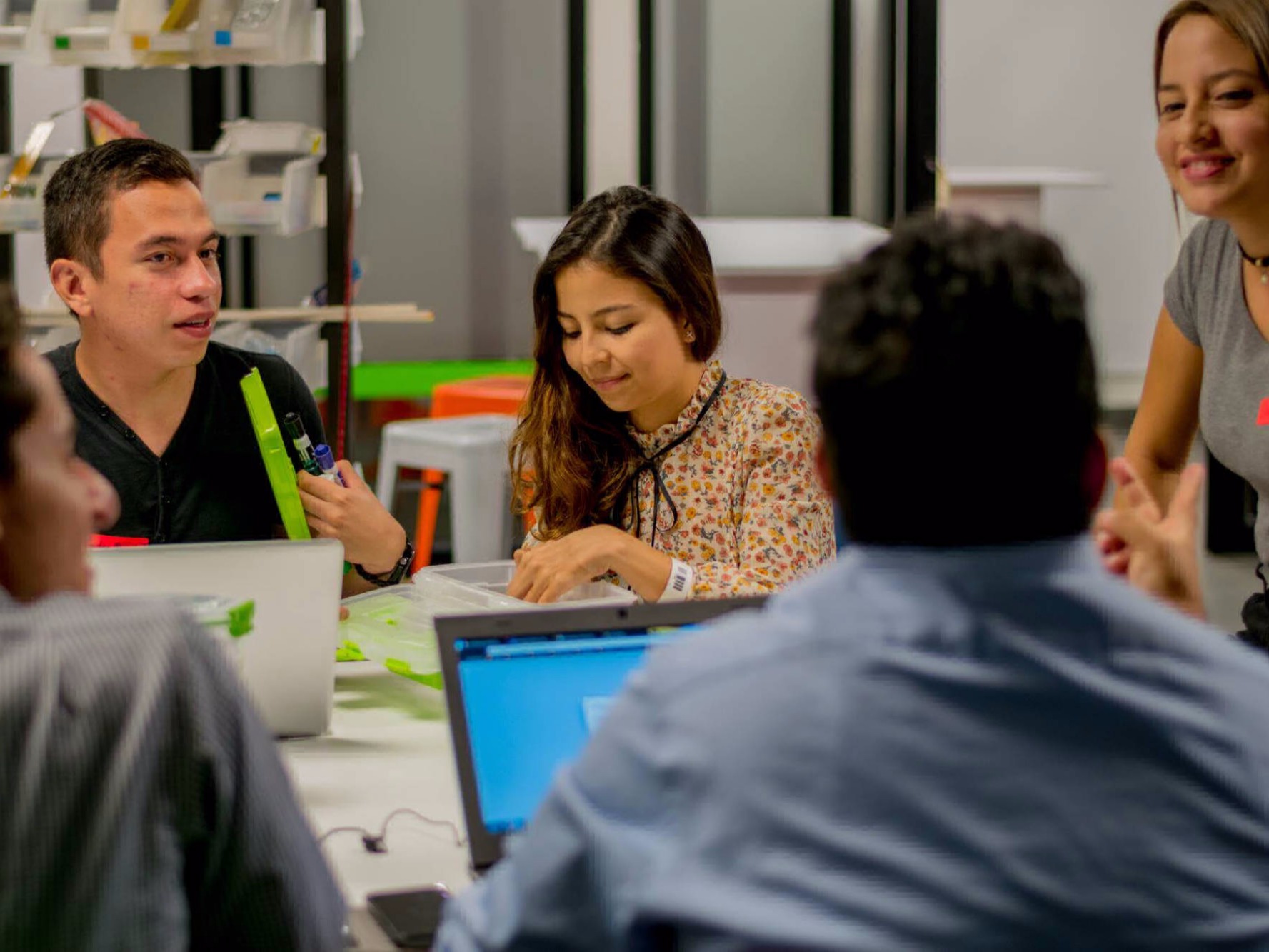
Like learning, design activity is a never-ending process where a designer’s final idea will be the starting point for another designer. In my class, students will develop design proposals from others’ ideas, as well as their own. Using this approach, they will experience firsthand the iterative aspect of design through improving and learning over what others may believe is finalized.
Good designers seek meaning beyond the frontiers of what they know. They should consistently be looking for new solutions that they can employ for society’s improvement. It is important for students to develop their skills, to master the discipline through exploration and passion, aiming to provide good design to society. My highest teaching goal is to develop in students the interest to learn daily, giving the best of themselves and grow as individuals in that process. I use design projects as strategies for evidence based instruction and research. Students have to conduct ethnographic research and yield plausible design solutions. In my design courses, the student projects are presented to real users, receiving real feedback. If unavailable, external evaluators will provide feedback and review from an unbiased standpoint. Throughout my career in academia, several colleagues and students have recognized my enthusiasm to engage young designers in their creative exploration. I desire to continue shaping new designers, looking forward to a better, more equitable society.







